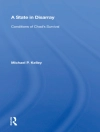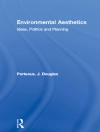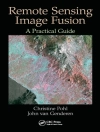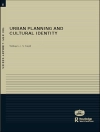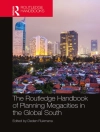This two-volume set highlights the importance of Iberian shipbuilding in the centuries of the so-called first globalization (15th to 18th), in confluence with an unprecedented extension of ocean navigation and seafaring and a greater demand for natural resources (especially timber), mostly oak (Quercus spp.) and Pine (Pinus spp.). The chapters are framed in a multidisciplinary and interdisciplinary line of research that integrates history, Geographic Information Sciences, underwater archaeology, dendrochronology and wood provenance techniques. This line of research was developed during the For SEAdiscovery project, which had a great impact in the academic and scientific world and brought together experts from Europe and America. The volumes deliver a state-of-the-art review of the latest lines of research related to Iberian maritime history and archaeology and their developing interdisciplinary interaction with dendroarchaeology. This synthesis combines ananalysis of historical sources, the systematic study of wreck-remains and material culture related to Iberian seafaring from the 15th to the 18th centuries, and the application of earth sciences, including dendrochronology. The set can be used as a manual or work guide for experts and students, and will also be an interesting read for non-experts interested in the subject.
Volume 2 focuses on approaches to the study of shipwrecks including a synthesis of dendro-archaeological results, current interdisciplinary case studies and the specialist study of artillery and anchors.
Table of Content
Chapter1. Introduction.- Chapter2. Dendroarchaeology of shipwrecks in the Iberian Peninsula: 10 years of observations and advances.- Chapter3. Ontography of an Ordinary Shipwreck: Paradox, Appellation, Provenance, Apparition.- Chapter4. Archaeological perspectives during the age of war of religions: the “capitana” and “almiranta” of the Illirica Squadron.- Chapter5. Can we identify the ship through a multidisciplinary approach? The Case of the Ribadeo 1 wreck (c. 1597).- Chapter6. The Belinho 1 Shipwreck.- Chapter7. Shipwrecks of the Iberian Tradition in the Bay of Cadiz (Andalucía, Spain).- Chapter8. Iberian Shipwrecks in the Americas. The Case of the Highbourne Cay Wreck.- Chapter9. Underwater Archaeology versus plunder of shipwrecks in the Dominican Republic.- Chapter10. The timbers of the Frigate Santa Maria Magdalena (18
th century): An Spanish warship in the History and Archaeology.- Chapter11. Across the Pacific: The Manila galleons in perspective. Notes on the historyand archaeology of the transpacific trade.- Chapter12. Ploughing through Global Seas: Maritime Routes and Knowledge in the Spanish Navy at the End of the First Global Age.- Chapter13. The design of European ships’ stock-anchors of the fifteenth into the eighteenth centuries.- Chapter14. A shared sailing: Artillery and ocean warships.
About the author
Dr. Ana Crespo Solana is a Professor and Researcher for the Spanish National Research Coucil, Instituto de Historia, Consejo Superior de Investigaciones Científicas (CSIC).
Dr. Filipe Castro is a researcher at História, Territórios e Comunidades, Center for Functional Ecology, Lisboa, Portugal.
Prof. Nigel Nayling holds the Chair in Archaeology at the Institute of Education and Humanities at the University of Wales Trinity Saint David.




